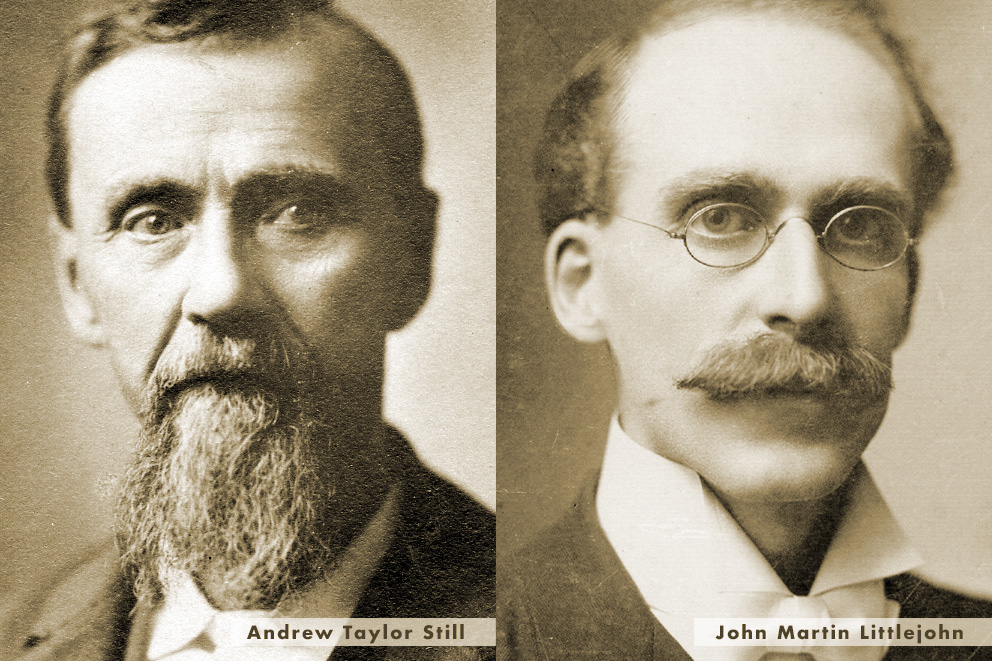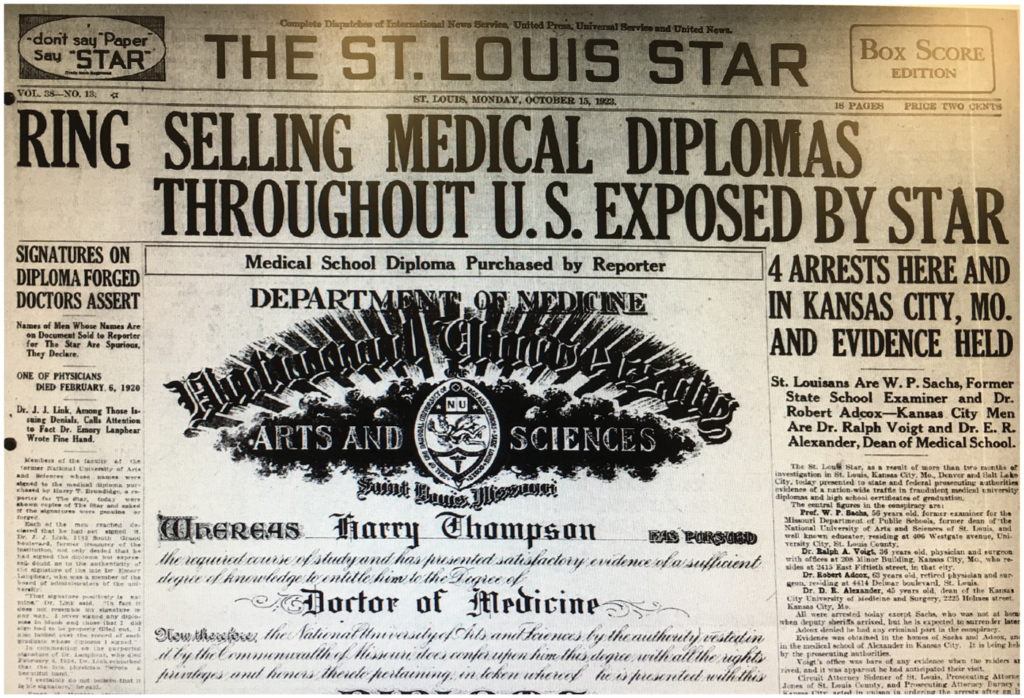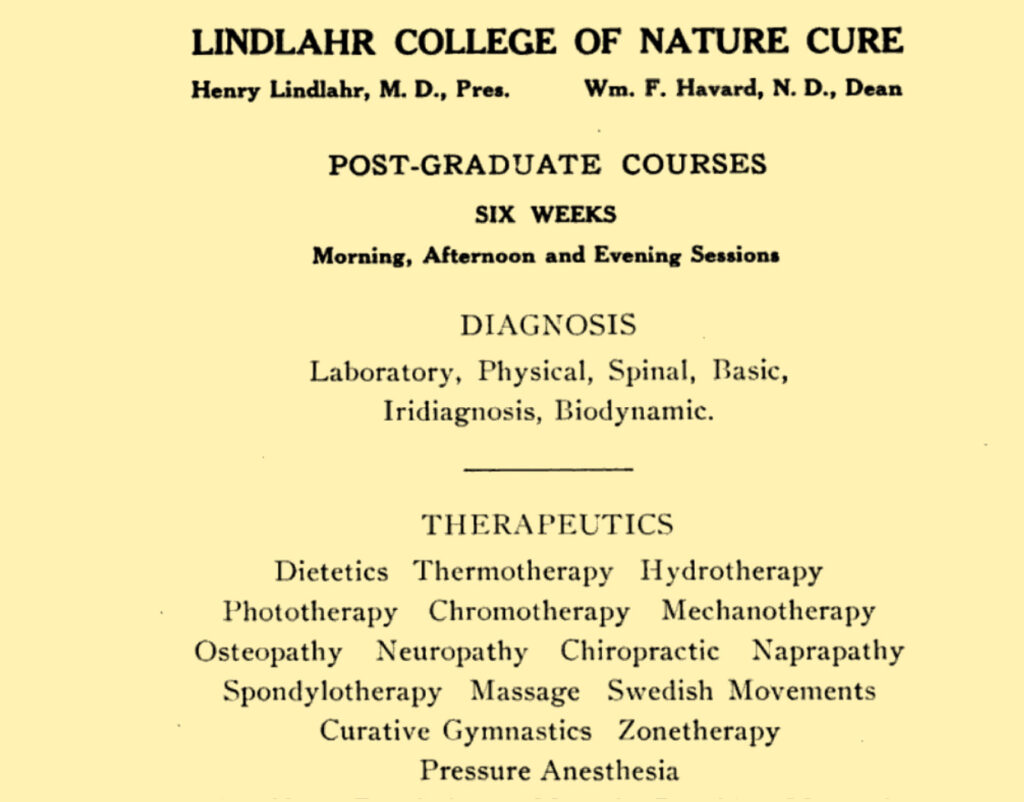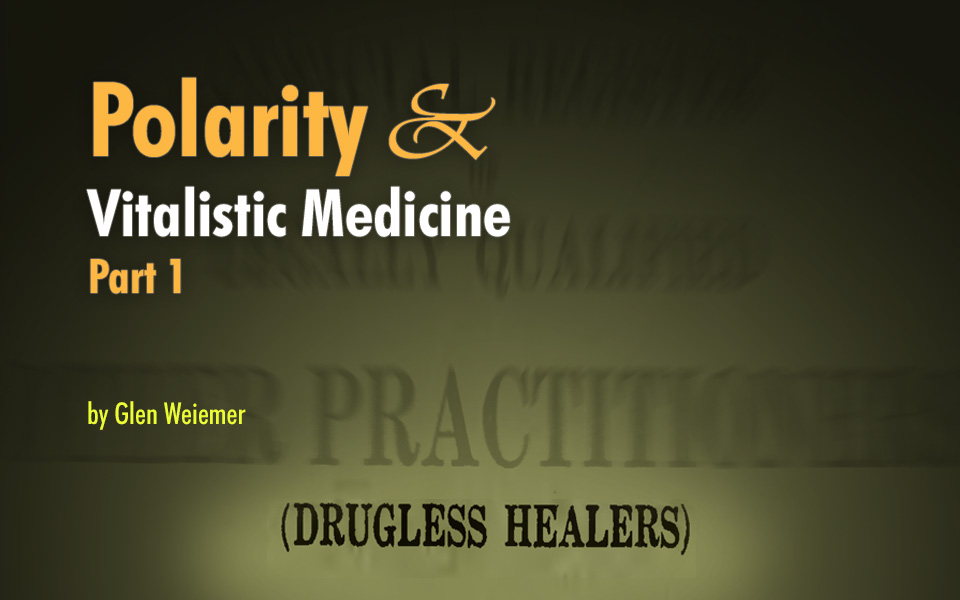Classical Osteopathy — The Journey Begins
Several years ago I did a training in Total Body Balancing (TBB), a type of bodywork that was developed by Dr. Kerry D’Ambrogio, a British Osteopath, DOM, PT. It is based on the Classical Osteopathy that Dr. John Martin Littlejohn, DO, MD brought from the US to Britain in the early 20th century. TBB is a whole-body therapy using passive rhythmic body mobilizations and long levers. Similar in some respects to a Polarity Therapy General Session, it engages the body globally (as a whole) while working section-by-section. The manipulations are simultaneously diagnostic and therapeutic, identifying the areas of dysfunction while facilitating a fluid continuum of motion throughout.

What got my attention was the way in which D’Ambrogio differentiated between the approaches of Osteopathy’s founder, Andrew Taylor Still and JM Littlejohn, which was different than what is normally discussed. Overly simplified, it was a distinction between focusing on anatomy verses physiology; or reductionist/specificity verses globalist/holism. AT Still directed students to, “Find it, fix it, move on!”, which exemplified his strong focus on anatomy. This continues to sum up many osteopathic approaches today; finding and targeting a primary lesion/problem area to pinpoint its root cause.
John Martin Littlejohn, who was the first Dean and Physiology Department Chair at AT Still’s Osteopathic College in Kirksville, MO focused more on applied physiology, utilizing rhythm and movement to support physiological changes. He was interested in looking at the patient holistically, facilitating healing through supporting the interrelationship of the parts, much as we do in Polarity Therapy. The idea in both Classical Osteopathy and Polarity is that a synergy occurs from treating the whole generally, which supports the overall health within the system, enabling it to self-correct. Polarity has often seemed to me like the unloved and shunned stepchild within the current world of manual therapy modalities, but this new insight has found it a real place at the table.
Littlejohn’s writings also paint him as a passionate Vitalist, interested in the Energy that underlies and animates life.
“We call, as the Greeks did thousands of years ago, the life which is first in the body the Vital Force, and I know of no better name that we can give it. It is the vital vibratility. Now, that vital vibratility animates the whole body, and when a tissue or part of the body ceases to have that vital vibratility, we cease to live objectively, and so long as we have that vibratility we have objective life.”
~ John Martin Littlejohn, MD, DO, PhD
Even by the early 1910s Littlejohn was a mover and shaker in his field, so the fact that he left Missouri to found the Chicago College of Osteopathy with his 2 brothers at the exact time Polarity Therapy founder, Dr. Randolph Stone, DO, ND, DC, was studying in Chicago, and that he then went on to found the British School of Osteopathy set my imagination in motion. I started wondering what effect Littlejohn’s presence had on the Chicago Osteopathic community of that time and could I find a direct influence on Dr. Stone?

I began to put Dr. Stone’s history into the context of the almost concurrent developments in the 1800s of Osteopathy, Chiropractic and Nature Cure/Naturopathy in the US; the evolution of those individual fields from the 19th into the early 20th century; world events like WWI, the 1929 Stock Market crash and Great Depression; and the 1910 Flexner Report including Morris Fishbein’s dogged attack on non-allopathic doctors and medical schools. As so often happens with research, where I ended up was completely different from where I started.
Vitalism
Before I go any further I need to define Vitalism2, which plays a central role in this story. It’s a worldview that sees all living organisms as created and sustained by a ‘Vital Force’ that is both distinct from the forms/objects of our material world; and also plays a more fundamental role than all the physical and chemical processes. In essence, vitalism acknowledges an X-factor, beyond what can be seen and measured that must be factored into our understanding of life. Each therapeutic and philosophical vitalistic system (Ayurveda, Chinese Medicine, Taoism, Naturopathy, etc.) has a slightly different way of understanding, describing and applying this. Osteopathy, for example, tends to elicit structural and physiological change in order to indirectly affect this vital force, whereas Polarity engages with the Energy directly in order for it to produce changes in the system.
Vitalism is usually contrasted with the mechanistic paradigm which sees the world as a machine governed solely by measurable laws. It applies this to all life, separating body and mind (soul); and describing the body as a machine that can be understood in its entirety by reducing it to its component parts. Inherent in this view is the randomness of creation and the dominance of entropy as the force causing all things to invariably breakdown, become more disorganized and dysfunctional; moving into chaos. By contrast, inherent within the vitalistic paradigm is an organizing Energy that structures and animates all life. Vitalistic healing systems recognize an indwelling Wisdom in living systems that is continually moving towards greater levels of organization and health. The work of these systems is to remove any obstacles inhibiting self-correction.
Historical Context
I was familiar with the history of Western medicine, but my latest research brought many additional insights into its evolution and precise sequencing. I did not fully realize that by 1900, less than 10 years after the founding of Osteopathic and Chiropractic Colleges, the Allopathic medical field had determined to eliminate the Drugless branch of medicine, (a full 10 years prior to the Flexner Report). Nor did I appreciate how all the Vitalistic (Energy-based) approaches were umbrellaed under the designation of ‘Drugless Medicine’; how similar these schools’ curriculum were; or just how many different healing modalities were taught.
Most importantly, I didn’t recognize the degree to which Dr. Stone’s training and mindset was steeped in this eclectic medical paradigm nor what that REALLY was—in essence a Liberal Arts degree in all aspects of Drugless medicine from a vitalistic or Energy perspective.
Long gone was the tradition of hands-on apprenticeship as a viable alternative to medical school training. The 1910 Flexner Report and Fishbein’s systematic attack on Medical schools in the US and Canada was THE game-changer. It forced the majority of schools, both Allopathic and Drugless to close, which radically reshaped the field of medicine and its educational system into what we have today.
 Here’s the piece that was BRAND NEW to me. In 1923 a front page exposé appeared in the St Louis Star uncovering what came to be known as the Diploma Mill Scandal3. This event more than anything else fueled Flexner/Fishbein’s restructuring of medical schools to a fever pitch and provided the public support it needed to really accomplish its objective.
Here’s the piece that was BRAND NEW to me. In 1923 a front page exposé appeared in the St Louis Star uncovering what came to be known as the Diploma Mill Scandal3. This event more than anything else fueled Flexner/Fishbein’s restructuring of medical schools to a fever pitch and provided the public support it needed to really accomplish its objective.
The article purported to uncover widespread corruption within medical schools and state examination boards; medical diplomas and board certifications ‘for sale’; and ‘fly-by-night’ mail-order medical colleges promising medical degrees to get rich with minimal study and no entry requirements. In the crosshairs of this report were a number of Eclectic Medical Colleges around the country. That painted a huge target on ALL Eclectic Schools not yet closed by Fishbein and initiated state-by-state investigations.
As the early part of the century progressed medical schools went from offering 2-year programs, some with no high school diploma for admittance and loosely structured curriculum; to 3- then 4-year programs with strict entrance requirements and more structured and rigorously regulated curriculums. This rapidly changing criteria left many graduates excluded from taking medical exams, and many schools un-accredited, un-accreditable, and forced to fold. By 1925, the AMA had gained a monopoly over the production and licensing of physicians. This included the power to determine what the curriculum should be, how many students should be admitted, which students should be admitted (including gender and racial biases), and how many faculty there should be for each student.
Gradually all the Drugless fields warped and adapted themselves to survive in this increasingly hostile environment, and unfortunately the Eclectic branch ended up being crushed out of existence. Osteopathy and Chiropractic, both of which sprang from vitalistic roots became more mechanistic and ‘scientific’ in their approach in order to shed the label of quackery. Even Nature Cure had to modify its language and morphed into today’s Naturopathy, which is the only one to remain vitalistic. Osteopathy ended up fully allying itself with Allopathic Medicine, making it the most mainstream, while both Chiropractic and Naturopathy have continuously struggled for respectability within the US over the past 100+ years.
 Although Osteopathy and Chiropractic tended to be purists, not wanting to dilute their unique burgeoning fields with too much influence from competing systems; Eclectic and Nature Cure/Naturopathy were more inclusive, incorporating various manual therapies including chiropractic and osteopathy within their curriculum. If I had to differentiate the two it would only be by degrees — the curriculum in Eclectic schools was weighted slightly more towards manual therapies whereas Nature Cure schools towards diet, exercise, hydrotherapy and healing power of being in nature.
Although Osteopathy and Chiropractic tended to be purists, not wanting to dilute their unique burgeoning fields with too much influence from competing systems; Eclectic and Nature Cure/Naturopathy were more inclusive, incorporating various manual therapies including chiropractic and osteopathy within their curriculum. If I had to differentiate the two it would only be by degrees — the curriculum in Eclectic schools was weighted slightly more towards manual therapies whereas Nature Cure schools towards diet, exercise, hydrotherapy and healing power of being in nature.
Polarity Therapy inherited a great deal from ALL of these various Drugless systems, but in particular from the Eclectic/Nature Cure paradigm and curriculum. Within the Polarity community we tend to focus a lot of attention on Dr. Stone’s Osteopathic training and influence by Ayurvedic (traditional Indian) Medicine, but seldom recognize our even greater debt to Nature Cure and Eclecticism. In addition to Energy-based manual manipulation, Polarity incorporates health building and detoxification diets as well as self-care practices to support these such as skin brushing; sinus irrigation; enemas; hot/cold hydrotherapy; tongue scraping; polarity yoga exercises; and much more. Today’s Polarity certification trainings are, in essence, the modern heirs to these drugless systems of education.
Through Polarity Therapy, Dr. Stone was able to keep this drugless branch of the medical tree alive, folding into it his interest in Western and Eastern Esoteric traditions.
Blog continues in part 2
For more information on Polarity Therapy, polarity training or to find a practioner:
- See my blog: What Is Polarity Therapy?
- Dr. Randolph Stone Inducted Into Massage Therapy Hall of Fame
- Visit American Polarity Therapy Association (APTA)
- Visit International Polarity Education Alliance (IPEA)
Footnotes:
1 Polarity Therapy Volume One, Book 2, page 42, Randolph Stone, DO, DC, ND
2 Vitalism–A Worldview Revisited: A Critique Of Vitalism And Its Implications For Integrative Medicine, Ian Coulter, PhD, Pamela Snider, ND, and Amy Neil, MS, MAP
3 1923 Diploma Mill Scandal, David Alan Johnson
Disclaimer:
The information featured on this site is provided for information and education purposes only and is not intended to replace the advice of your doctor or health care provider on medical and/or health-related issues.
You should not use the information on this site for diagnosis or treatment of any health problem or as a substitute for medication or other treatment prescribed by your physician or health care provider.

